Are you tired of wondering whether epoxy can really make wood waterproof? Well, you’ve come to the right place! In this expert guide, we will dive deep into the age-old question and unveil the truth behind the mystical powers of epoxy. Prepare to be amazed as we explore the science, conduct experiments, and provide you with the definitive answer to the ultimate question: Does epoxy make wood waterproof? So grab your lab coat and put on your thinking cap, because we’re about to test the waters and uncover the secrets that lie beneath the surface.
What is Epoxy Paint?
Epoxy paint is a two-part coating system that consists of an epoxy resin and hardener. Once mixed together, the components form a strong, durable and waterproof finish. It’s commonly used to protect wood surfaces from damage caused by moisture or UV radiation. Epoxy paint works on both interior and exterior surfaces, making it an ideal choice for weatherproofing wood. [1]
What Makes Epoxy Waterproof?
Epoxy is a type of adhesive that has been around for decades. It has proven to be an effective sealant for many surfaces, including wood. Epoxy works by bonding with the wood and creating an impermeable layer on top of it. This layer prevents water from seeping into the wood, thus making it waterproof. Additionally, epoxy can also strengthen the wood by forming a stronger bond than other types of adhesives.
The key to using epoxy on wood is to make sure you use the right type of epoxy for your particular application. There are different formulations of epoxy available, each with its own unique mix of ingredients and properties. Some may be better suited for certain surfaces or applications than others. Additionally, it is important to understand and follow the manufacturer’s instructions for proper application of epoxy. This will ensure that you get the best results.
Once applied, it is also important to let the epoxy cure fully before using it. Curing generally takes between 24 and 48 hours depending on the climate. During this time, make sure that the area where the epoxy is applied stays dry and that dust and dirt are kept away from the surface. [2]
Epoxy is an effective way to waterproof wood, but it should be used in conjunction with other strategies for protecting the wood. For example, you may want to use a sealer or finish to further protect the wood from water damage. Additionally, regular maintenance such as cleaning and inspecting the wood should be done to ensure that the epoxy is still functioning properly.
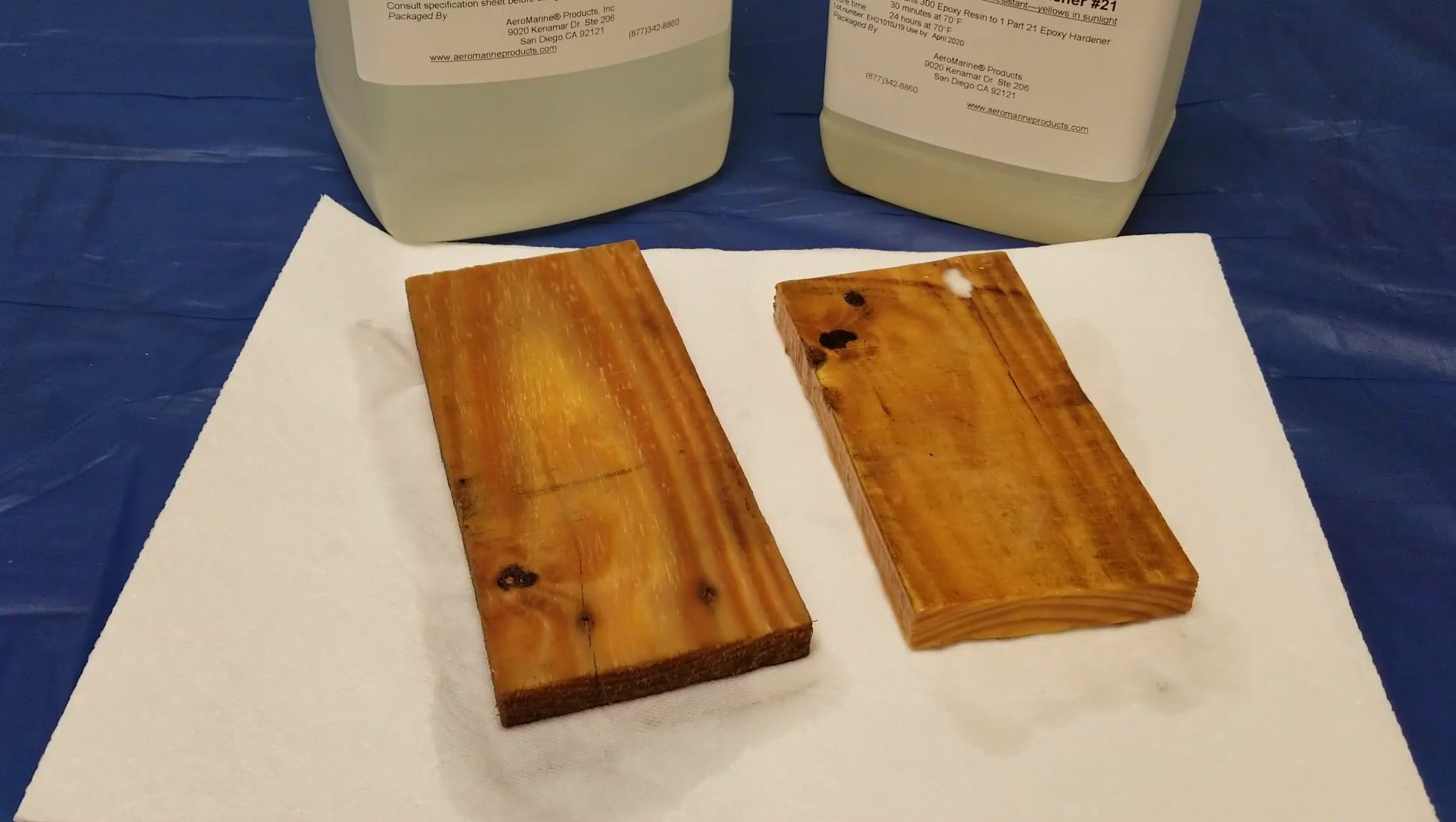
Is Epoxy Stable in Water?
Epoxy is a great way to waterproof wood, but the question that arises is whether it can withstand long-term exposure to water. The answer is yes – epoxy resin provides excellent stability in both fresh and saltwater environments. This makes it an ideal choice for waterproofing wooden surfaces that will be exposed to moisture over time, such as marine vessels or outdoor furniture.
Use the correct type of resin for the job. Some epoxy resins are designed specifically for marine applications, while others are better suited for indoor use. Be sure to read the product instructions carefully before applying it to your project. [3]
In addition to using the right epoxy resin, proper application is essential for effective waterproofing. Be sure to follow the instructions carefully and apply the resin in multiple thin layers for best results. Finally, allow plenty of time for each coat to dry before adding additional coats or finishing with a sealant. With these tips in mind, you can ensure that your epoxy-sealed wood project will remain waterproof and durable for years to come.
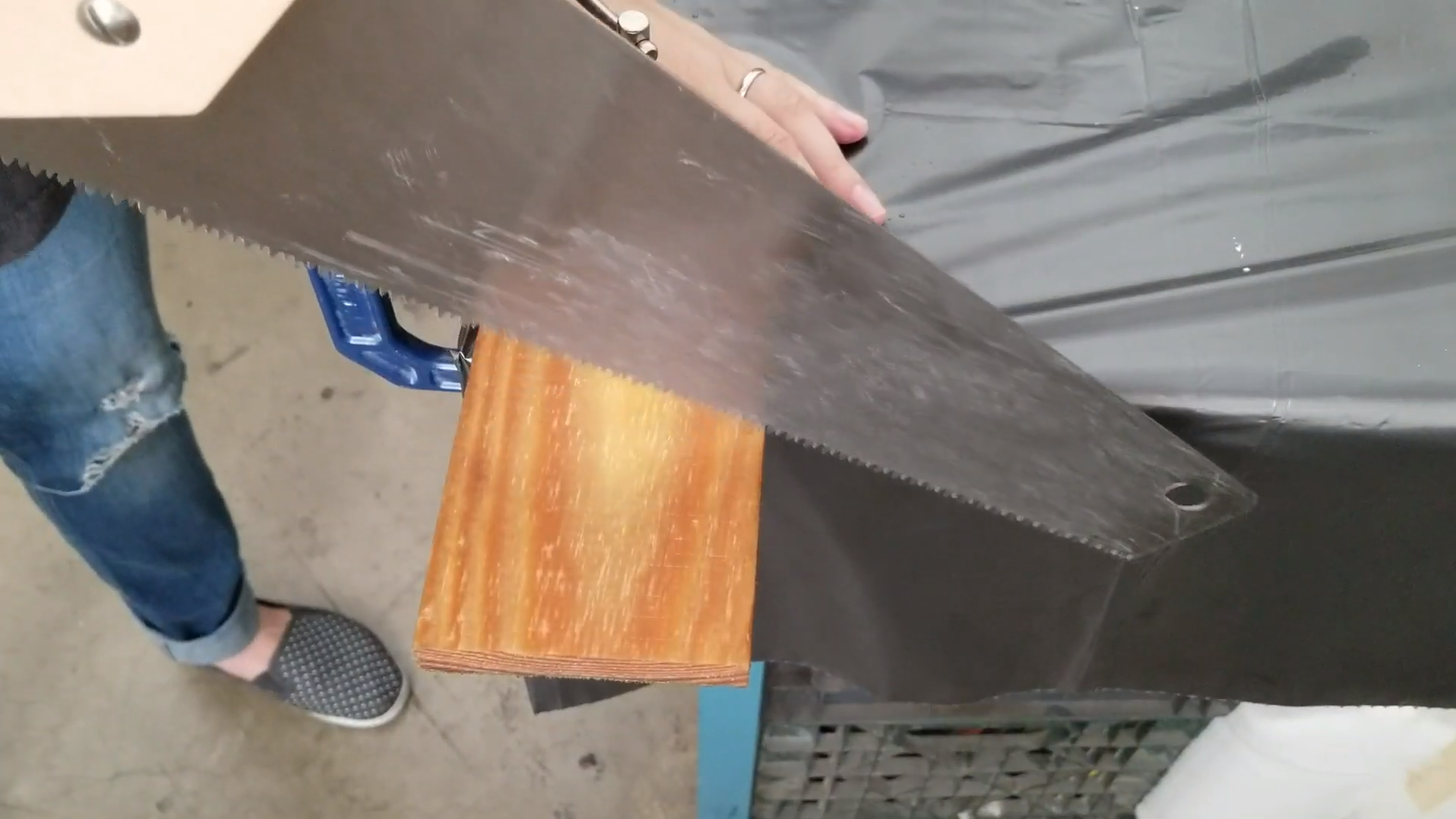
Does Water Affect the Curing of Epoxy Resin?
It is important to be aware of the potential risks associated with water contamination. Water in contact with epoxy can cause it to become soft or even bubble and form blisters, which could affect its adhesion properties. As such, if you are looking to waterproof wood using epoxy resin, you should make sure that any surface being treated is completely dry and free of any moisture before applying the resin. Once the resin has been applied, you should also ensure that the area remains dry throughout curing to prevent any issues with the epoxy.
It’s also important to bear in mind that different types of wood can react differently to exposure to water. For example, some woods may swell or warp if they come into contact with moisture, which could affect the overall composition of the wood and how well the epoxy bonds to it. To avoid any issues, you should make sure that your wood is properly sealed before applying epoxy resin to waterproof it.
Finally, remember that different types of epoxy resin can also be affected by water exposure in different ways. Before starting a project involving epoxy resin, make sure that you understand the manufacturer’s instructions and what type of water resistance the product provides. With the right knowledge and precautions in place, you can be sure that your wood is properly waterproofed with epoxy resin.
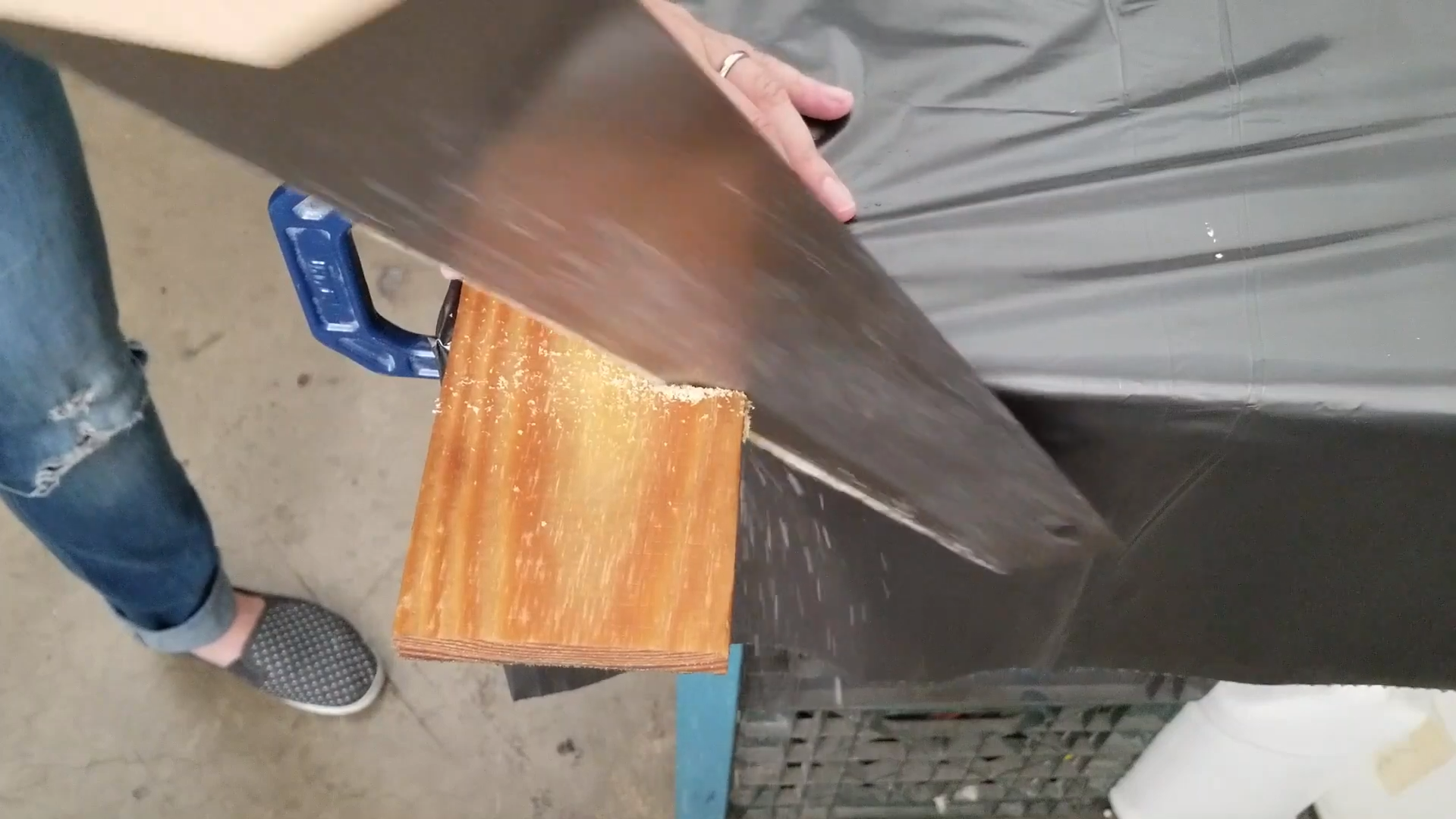
What is the Water-resistant Capacity of Epoxy?
Epoxy is a common material used to make surfaces water-resistant. It forms a protective layer that prevents water from penetrating the wood, making it waterproof. When applied properly, it can protect wood in wet conditions for many years without having to reapply the coating.
Epoxy generally comes in two different forms: brushable and sprayable. Brushable epoxy is typically more expensive than sprayable, but it provides better coverage and can penetrate deeper into the wood surface. Additionally, brushable epoxy has a longer working time, so you’ll have more time to get the job done right.
Sprayable epoxy is less expensive than brushable, but it provides a thinner layer of protection that may not last as long. It also has a shorter working time and can be more difficult to apply in certain areas.
Epoxy will help make wood waterproof if applied correctly and with the right materials. However, it’s important to remember that epoxy coatings are only effective for a few years, and they may need to be reapplied after that time in order to maintain its waterproofing qualities. Therefore, it’s important to regularly check the epoxy coating and touch up any areas where it has worn away before major damage can occur. [4]
Overall, applying an epoxy coating is a great way to make wood more water-resistant. Not only will it protect the wood from water damage, but it will also keep it looking great for years to come. With proper care and maintenance, your epoxy-coated wood surfaces can stay waterproof for many years.
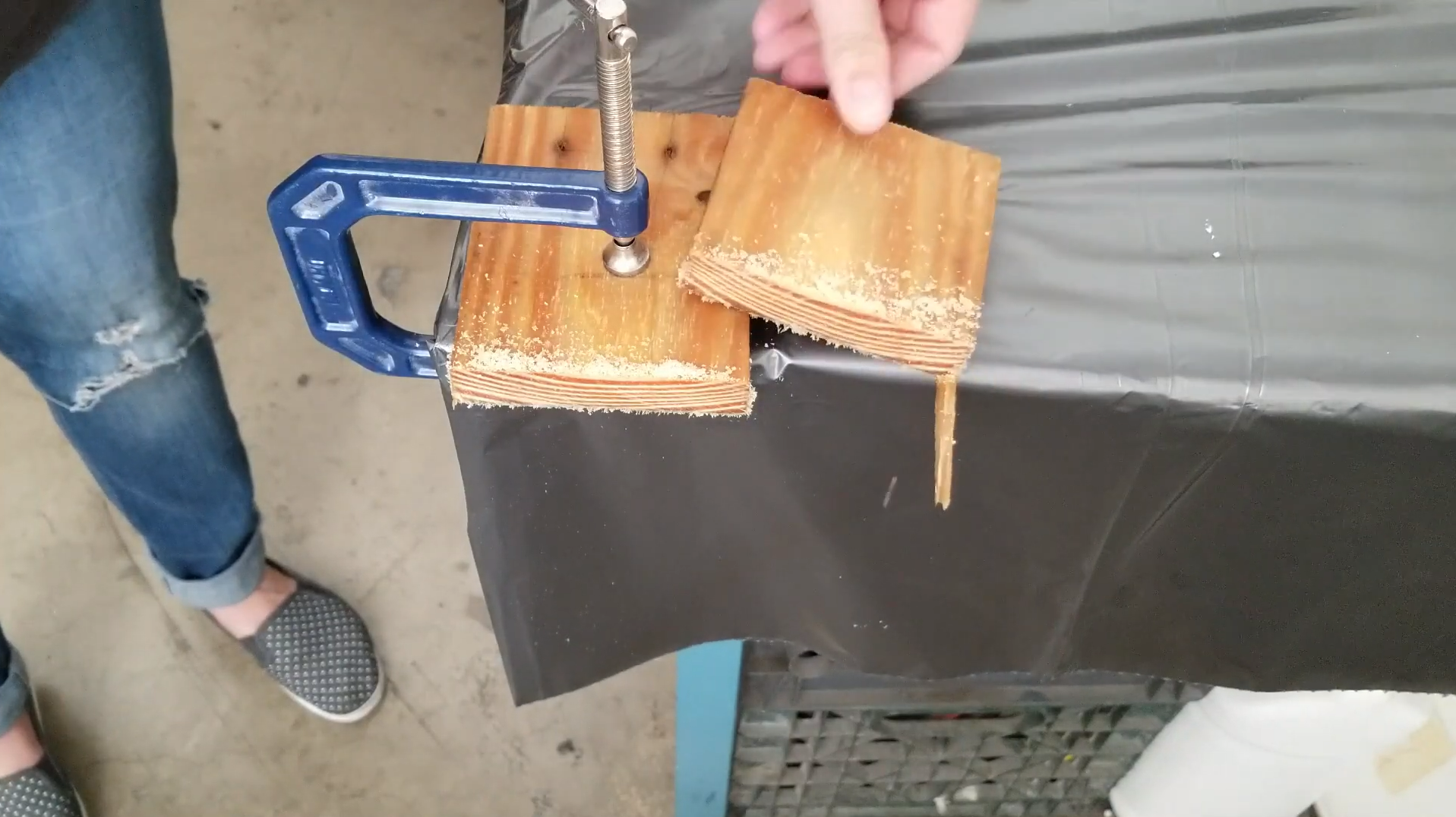
Can Epoxy Be Used as Sealant?
Yes, epoxy can be used as a sealant for wood. When applied correctly, it provides a waterproof barrier between the wood and moisture that can last for years. The type of epoxy to use depends on the severity of protection needed. There are two main types: single-part and two-part epoxies. Single-part epoxies come in a range of viscosities and cure times. They are easier to apply but may not protect as well as two-part epoxies. Two-part epoxies form an extremely strong bond that provides long-term protection against water, abrasion and chemicals. It’s best for areas that require extra protection such as exterior siding, boat hulls and decks. [5]
For the best results, prepare the wood surface before applying epoxy. Start by sanding and cleaning the wood with a solution of mild soap and water. Use a small brush or rag to get into any nooks and crannies where dirt may be stuck. Once done, use a damp cloth to wipe away excess moisture and let it dry fully before applying the epoxy. Applying a primer may also help to ensure better adhesion between the wood and epoxy sealant. After priming, simply apply the epoxy according to the manufacturer’s directions and let it cure for 24 – 48 hours before using or exposing it to water.
For a truly waterproof sealant, consider using polyurethane caulk or lacquer. Both of these products create an impenetrable barrier that prevents water from seeping through and damaging wood surfaces. They do require more preparation and cleanup, but the added protection may be worth it in some cases.
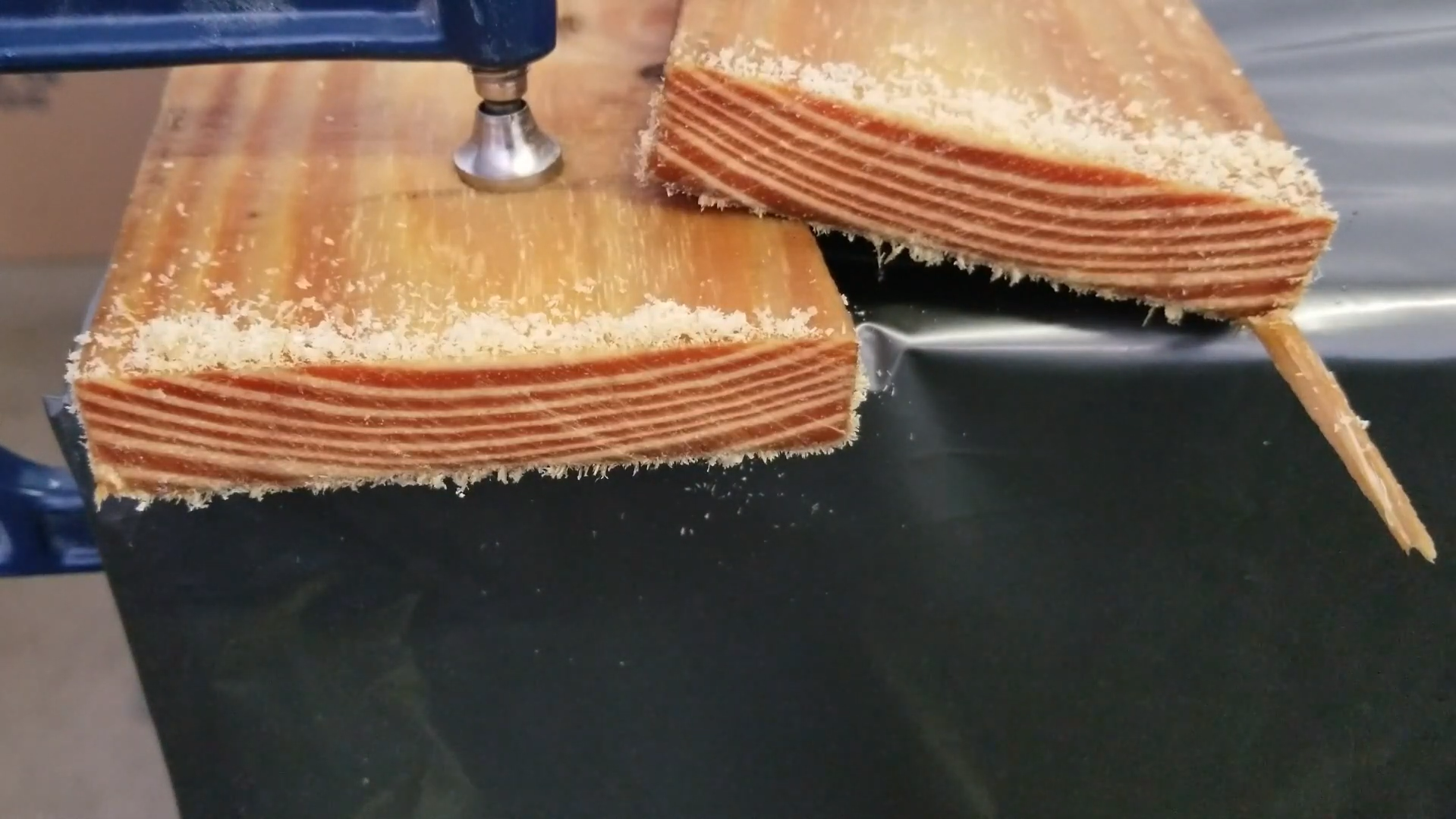
How Long Can Resin Last Outside?
Many people wonder how long resin can last outdoors when it is used to waterproof wood. There are several factors that play a role in the longevity of any epoxy or resin-based coating, including the type and quality of the product, environmental conditions such as temperature and humidity, and the amount of exposure to UV rays.
Generally speaking, epoxy and other resin-based coatings used as wood waterproofing agents should last anywhere from two to five years before needing to be reapplied. Depending on the specific type of epoxy or resin used, it may be able to withstand extreme temperatures and other harsh conditions for much longer periods of time.
If you are looking to extend the life of your epoxy coating, there are several steps you can take. Make sure the wood surface is properly prepped and clean. Apply multiple coats of the coating.
in Sunlight and Summers
Generally, epoxy and resin-based coatings used for wood waterproofing can last up to 5 years in the sun and summer months. However, due to increased UV rays from direct sunlight exposure, use a high quality product that provides additional protection against UV damage. Applying multiple coats of the coating will also add an extra layer of protection that will extend the life of your project.
in Humidity and Monsoons
It is important to use a product that has been designed specifically for these types of conditions, as some may not be able to withstand the level of moisture present in humid climates. Make sure the coated surface does not come into contact with standing water, as this can cause the coating to break down and reduce its life span. Additionally, take extra care in cleaning and maintaining the wood surface in humid areas, as this will also prolong the life of your epoxy coatings.
in Winters and Frost
It can last up to 5 years in colder climates and during winter months when temperatures dip below freezing. However, it is important to use a product designed specifically for these sorts of conditions, as some epoxies may be more susceptible to cracking or peeling in low temperatures. [6]
By taking a few extra steps and using the right product for your environment, you can ensure that your wood waterproofing project lasts for many years to come.
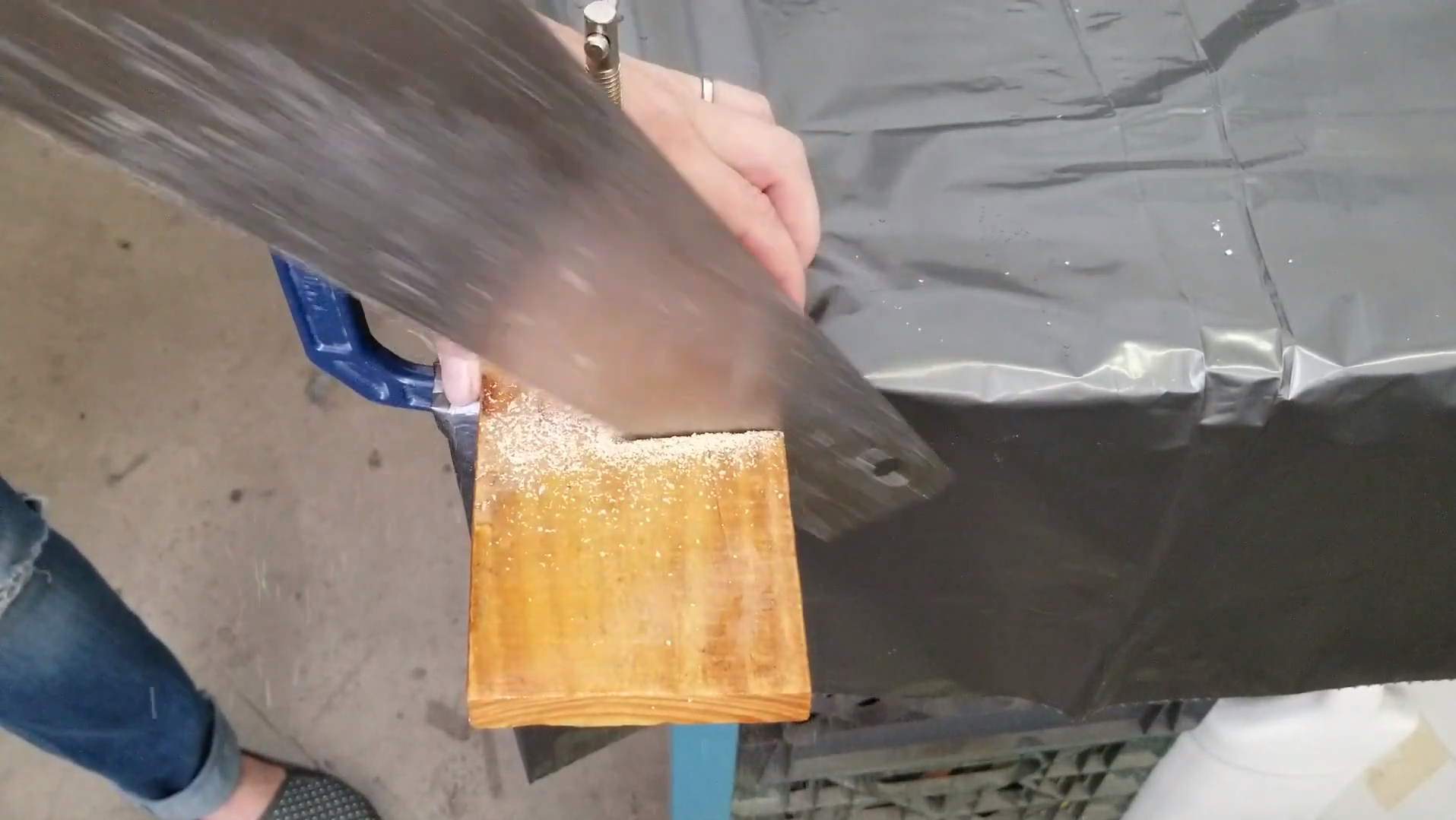
Why Use Epoxy Paint for Wood?
Epoxy paint is one of the most effective solutions for making wood waterproof. It is a resin-based coating that creates an impermeable seal. Epoxy paint can also protect against wear and tear, keeping wood looking fresh and new for longer.
This type of paint is great for outdoor applications. It is also used for indoor settings where a more durable finish is desired, such as wood countertops in kitchens or bathrooms.
Epoxy paint is a great way to achieve waterproofing on wood surfaces, while also offering long-term protection. It is easy to apply and provides an attractive finish that will last for years. With the right preparation and maintenance, epoxy paint can keep your wood looking beautiful for a long time.
How to Waterproof Wood
Epoxy can be used to waterproof and protect wood from the elements. Here are some tips for working with epoxy on wood:
- Prepare the Wood – Ensure that the wood is dry and free from dirt. Sand the surface of the wood.
- Apply Primer – This will create an even surface for the epoxy to adhere to and provide added protection.
- Mix the Epoxy – Make sure to follow the instructions on your epoxy product carefully and mix it correctly. Be careful not to overload the mixture with hardeners or other additives that could weaken its waterproofing properties.
- Apply the Epoxy – Use a brush, roller, or sprayer to apply epoxy in thin layers. Allow each layer to dry. Make sure that all sides of the wood are protected with epoxy.
- Let it Cure – Allow the epoxy to fully cure before using the wood in any way. This usually takes at least 24 hours, but can vary depending on what type of epoxy you used and how thickly it was applied. [7]
How to Use Epoxy Paint for Wood
Epoxy paint is a fast-drying, weather-resistant coating that creates a hard finish on wood surfaces. Many people use epoxy paint to waterproof their decks or other outdoor wood structures. Here are some tips for using epoxy paint to waterproof your wood:
- Prepare the Surface – Clean and sand the surface you are painting.
- Apply Primer – You will also need to apply a primer before painting with epoxy paint. This helps create an even coating of the epoxy so it seals properly.
- Use a Paint Gun – This ensures that the paint is applied evenly and that it dries quickly.
- Let it Dry – After you have finished applying the epoxy, let it dry. This could take up to a few days, depending on the temperature and humidity.
- Add Sealant – After the epoxy is dry, you can add a sealant to further protect the wood from moisture and to keep it looking great for longer.
Follow these steps carefully for best results. With proper preparation and application, you can extend the life of your outdoor wood structures.
Types of Waterproofing
When it comes to waterproofing wood, there are diverse kinds of methods available. One of the most popular ways is using epoxy resin. This type of waterproofing seals the wood and prevents any moisture from entering or leaving the surface. It also provides additional protection against fungus and other organisms that could cause damage to the wood over time. Additionally, applying an epoxy coating to wood can also improve its appearance and help it resist wear and tear.
Finally, there are also products available that can be used to waterproof wood without having to use epoxy or a sealer. These products typically contain waxes, oils, silicones, and other substances that create a barrier between the wood and moisture. While these types of waterproofing are not as effective as epoxy or a sealer, they can still provide good protection.
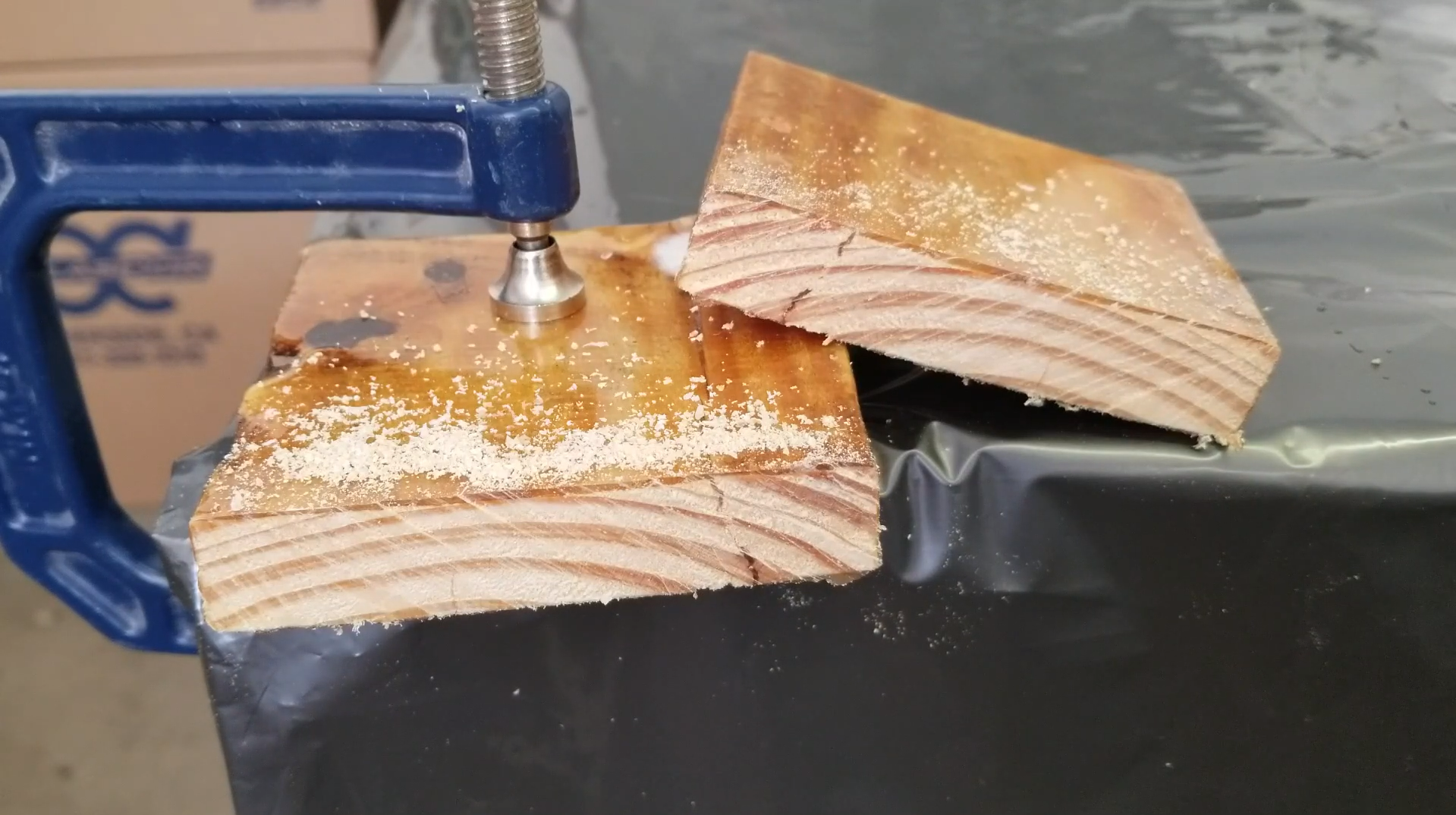
Best Tips for Applying Epoxy Paint for Wood
Epoxy paint is often used to waterproof wood, so it can protect outdoor furniture, decks and other wooden structures from the elements. Applying epoxy correctly is essential for achieving maximum protection, so here are some of the best tips for applying it effectively:
- Make sure that the surface you’re coating with epoxy is clean. This will ensure that the adhesive bonds securely with the wood surface.
- Apply a primer before applying your epoxy paint, as this will help it adhere even more securely to the surface. Make sure you use an oil-based primer for best results.
- When applying, use a brush or roller for the best finish. Avoid using a sprayer as this will not give you an even and consistent coat of paint.
- Work in small sections and concentrate on the edges around the area being coated with epoxy, as this is where it’s most likely to peel off later.
- Make sure you apply several thin layers of epoxy instead of one thick layer, as this will help ensure that your wood is adequately waterproofed.
- Let each coat of epoxy dry fully, as this will ensure that the paint adheres properly to the surface.
- When you’re finished, wait for 24 hours before exposing it to moisture. This will help to ensure that the paint is properly cured.
- Make sure you use high-quality epoxy paint for much better waterproofing results than cheaper alternatives.
For more detailed information on how to apply it correctly, it’s always best to talk to a professional.
Epoxy Resin Versus Polyurethane
When considering whether epoxy is the way to go for sealing and waterproofing wood, it’s important to consider what type of sealer you need. Epoxy resin and polyurethane are two popular options when it comes to sealing wood. Polyurethane is often used as a protective topcoat or varnish that can be applied with a brush or spray. It is durable and long-lasting, making it ideal for furniture and cabinets. Epoxy resin is typically used as a sealer beneath the polyurethane topcoat.
However, epoxy resin can be tricky to use and requires special preparation. It needs to be applied in a temperature-controlled environment, as epoxy resin can become brittle when exposed to extreme temperatures. When used outdoors, it is important to select an epoxy resin that is formulated for UV protection so that it does not break down over time. Some epoxies have a strong odor which may require additional ventilation. [8]
All in all, epoxy resin is a great choice for waterproofing wood when used properly. It provides superior protection from water and creates strong bonds between different materials. However, it needs to be applied with caution to ensure the best results, as it can be tricky to use and may require special preparation.
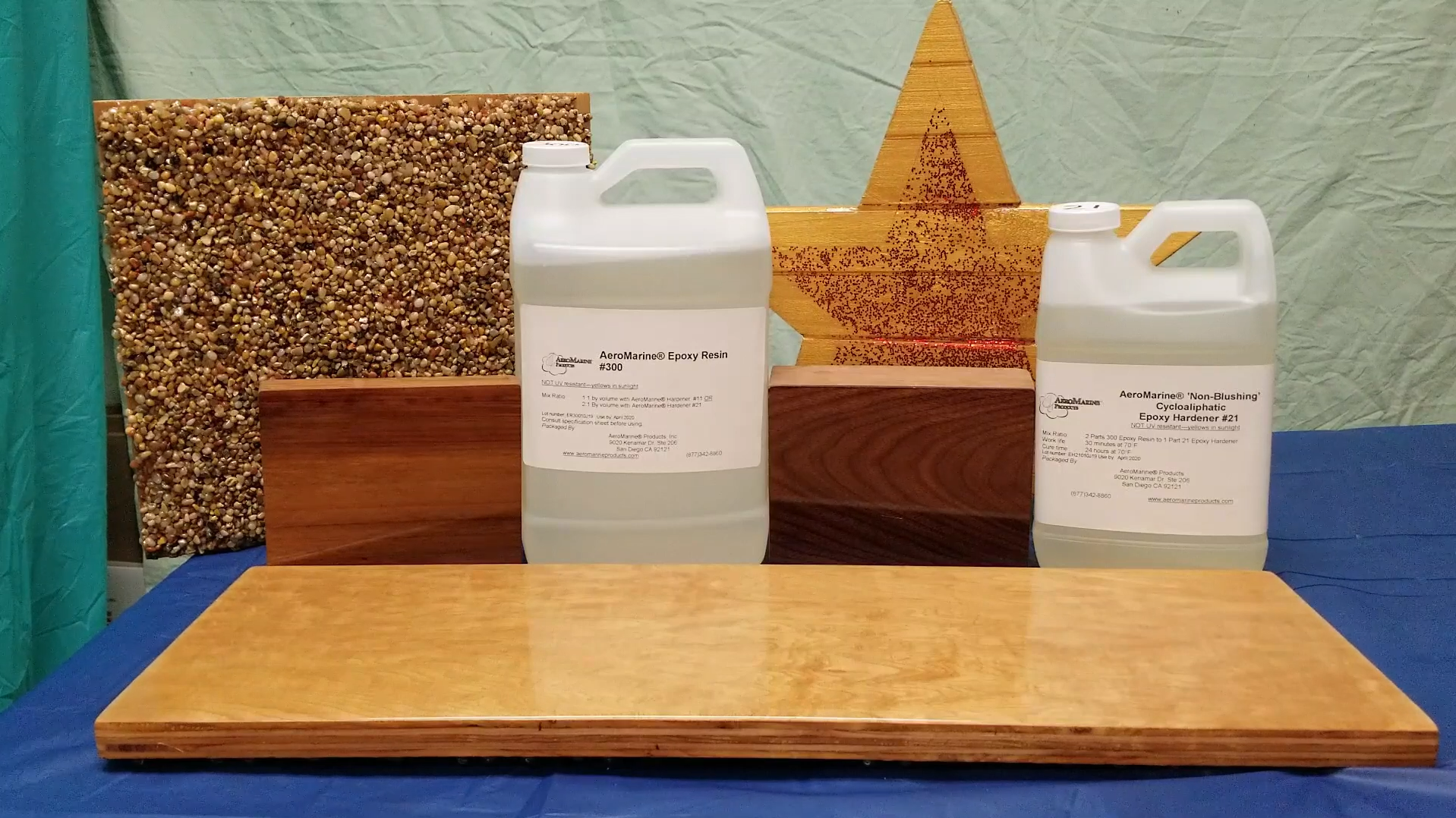
Add Color to Epoxy Resin for Wood
Epoxy resin is an incredibly popular material for waterproofing wood. It’s a great way to add color and texture to your project while also ensuring that it is protected from water damage. But did you know that you can also customize the look of your epoxy resin by adding color? Adding pigments or dyes to your epoxy creates a more unique look and can really bring out the beauty of your wood. With a few simple steps, you can make your epoxy resin for wood waterproofing look like it was custom-made for you!
Before you start working with colored epoxy, it’s important to understand that adding color to an epoxy resin will affect its curing time. Make sure to consult the instructions on the epoxy product that you are using so that you can adjust the curing time accordingly.
Once you have added the color to your epoxy resin, you will want to mix it thoroughly. Use a stirring stick, and make sure that all of the color is evenly dispersed. When mixing, always keep in mind that air bubbles from stirring can affect how well the resin cures, so be sure to mix slowly and gently.
Finally, when it comes time to apply your colored epoxy resin for wood waterproofing, make sure that you have a well-ventilated area to work in. The fumes from the epoxy can be harmful if inhaled, so it’s always best to work in an environment with plenty of fresh air. Once everything is set, you can apply the epoxy as you normally would and enjoy its unique look!
FAQ
Can Epoxy Be Used as Waterproofing?
Yes, epoxy can be used as waterproofing for wood materials. It is an excellent choice for sealing porous surfaces like wood because of its strong adhesive properties and resistance to water damage. Epoxy coatings are often applied with a brush or roller and can create a durable barrier that prevents moisture from getting into the wood’s surface. Epoxy coatings are also resistant to temperature changes, making them ideal for outdoor applications. The thickness of the epoxy coating will depend on the desired finish and level of protection being sought. Additionally, applying additional layers or products can help further waterproof the wood material.
Does Epoxy Seal Wood?
Yes, epoxy can be used to seal wood and make it waterproof. This is because epoxy provides a strong adhesive bond between the wood and any substance that it is applied to. Epoxy also provides a barrier against moisture and water damage, making it an ideal material for waterproofing wooden surfaces.
Epoxy resin can be used to seal gaps in wood that would otherwise allow moisture to seep in and cause damage. This is especially beneficial for outdoor furniture, decks, and other wooden structures that are frequently exposed to the elements.
Epoxy sealants can also be used on indoor pieces of wooden furniture, such as chairs and tables. Applying a coat of epoxy will not only provide an extra layer of protection but will also give the wood a glossy finish that is aesthetically pleasing.
One thing to consider when using epoxy sealants is that they can be quite difficult to remove. This means that you should take extra care when applying and curing the epoxy, as accidental drips or streaks may not be easy to correct after the resin has been applied.
Overall, epoxy resin can be an effective method for making wood waterproof and preserving its integrity for many years to come. It is important to ensure that you are using high-quality products and following the instructions closely. With proper application and maintenance, epoxy-sealed wood should last a long time without any water damage.
How Long Until Epoxy is Waterproof?
Epoxy can be used to waterproof wood, but it is important to remember that there are multiple types of epoxy and each type has its own curing time. Generally speaking, most epoxies are cured in 24 hours at room temperature. However, some products may take up to 48 hours or longer for the curing process to occur fully. To ensure your project is waterproof, it is important to follow the instructions on the package and wait for the curing time to be complete. [9]
It is also important to remember that not all epoxy products are designed for long-term waterproofing. For example, some epoxies are meant only for water contact up to a certain number of hours in a day; therefore, if you need to waterproof wood and will be exposed to water for long periods of time, you should consult with a knowledgeable professional about the best epoxy option.
Additionally, some epoxy products are designed specifically for waterproofing wood. These products usually have some type of sealant included in them that helps provide an added layer of protection against moisture. To make sure your project is fully waterproof, it is important to use the right type of epoxy product for your needs.
Finally, remember that proper preparation of the wood surface is essential before applying any kind of epoxy. Sanding and cleaning the wood with a degreaser can help ensure good adhesion and provide additional protection against water damage. This will also help extend the life of the epoxy and make it more effective at keeping your wood waterproof.
Does Epoxy Protect Wood Outside?
Epoxy can be used to protect wood that is exposed to outdoor elements, such as rain or sun. Epoxy creates a sealant around the wood which prevents water from penetrating its surface and helps defend against UV rays, mold, mildew, and other weather-related damage. When properly applied and if given sufficient time to cure, epoxy provides an effective waterproofing solution and can help extend the life of your wood. It’s also important to consider the type of epoxy used in order to ensure that it is suitable for outdoor use and has been manufactured to withstand UV rays.
There are several steps you need to take when using epoxy outdoors, such as cleaning and sanding the wood before applying the epoxy. Additionally, you may need to apply multiple coats of epoxy depending on the level of protection desired. With proper preparation, application, and maintenance, using epoxy can be an effective way to waterproof your wood outdoors.
Does Epoxy Hold Underwater?
Epoxy is one of the most popular and widely used substances for waterproofing wood. It creates a strong bond between different materials while also keeping water out, making it an ideal choice for protecting wooden surfaces from moisture. But can epoxy hold up under prolonged exposure to water?
The short answer is yes, epoxy does have the ability to withstand underwater conditions. However, the extent to which it can do so depends on a few factors, such as the type of epoxy used and the type of wood being treated. Generally speaking, epoxy is best suited for waterproofing woods that have been properly prepared (e.g., sanded, sealed), as well as chemically-treated lumbers or timbers. [10]
Useful Video: EPOXY MYTHS: Is Epoxy Waterproof?
Conclusion
When it comes to waterproofing wood, epoxy is an option that should certainly be considered. It provides a strong layer of protection and can help you keep your wood safe from water damage. The process for applying epoxy does require some work, but the rewards are worth the effort. While there are other methods available for waterproofing wood, epoxy has proven itself to be effective and reliable.
Before you start waterproofing with epoxy, however, it’s important to make sure that any surface you’re applying it to is clean and free of dirt or debris. If there are any gaps in the wood, these should be filled in with a compatible filler beforehand. Additionally, it’s important to read the instructions carefully and follow all safety measures when handling epoxy.
By taking all of these steps into consideration, you can be sure that your wood is sufficiently protected by the application of an epoxy sealer. Good luck!
References:
- https://www.angi.com/articles/what-is-epoxy-paint.htm
- https://wet2drysolution.com/blog/What-is-epoxy-waterproofing-2021.html
- https://techiescientist.com/is-epoxy-waterproof/
- https://www.bestbartopepoxy.com/blogs/ultraclear/how-does-water-affect-epoxy-is-it-waterproof
- https://www.phelpsgaskets.com/blog/which-industrial-sealant-is-right-for-your-application
- https://techiescientist.com/is-epoxy-waterproof/
- https://www.angi.com/articles/how-to-waterproof-wood.htm
- https://www.coppsindustries.com/blog/polyurethane-vs-epoxy/
- https://toughfloors.com.au/epoxy-cure-time/
- https://epoxyman-industrial-coatings.com/can-epoxy-cure-in-water/

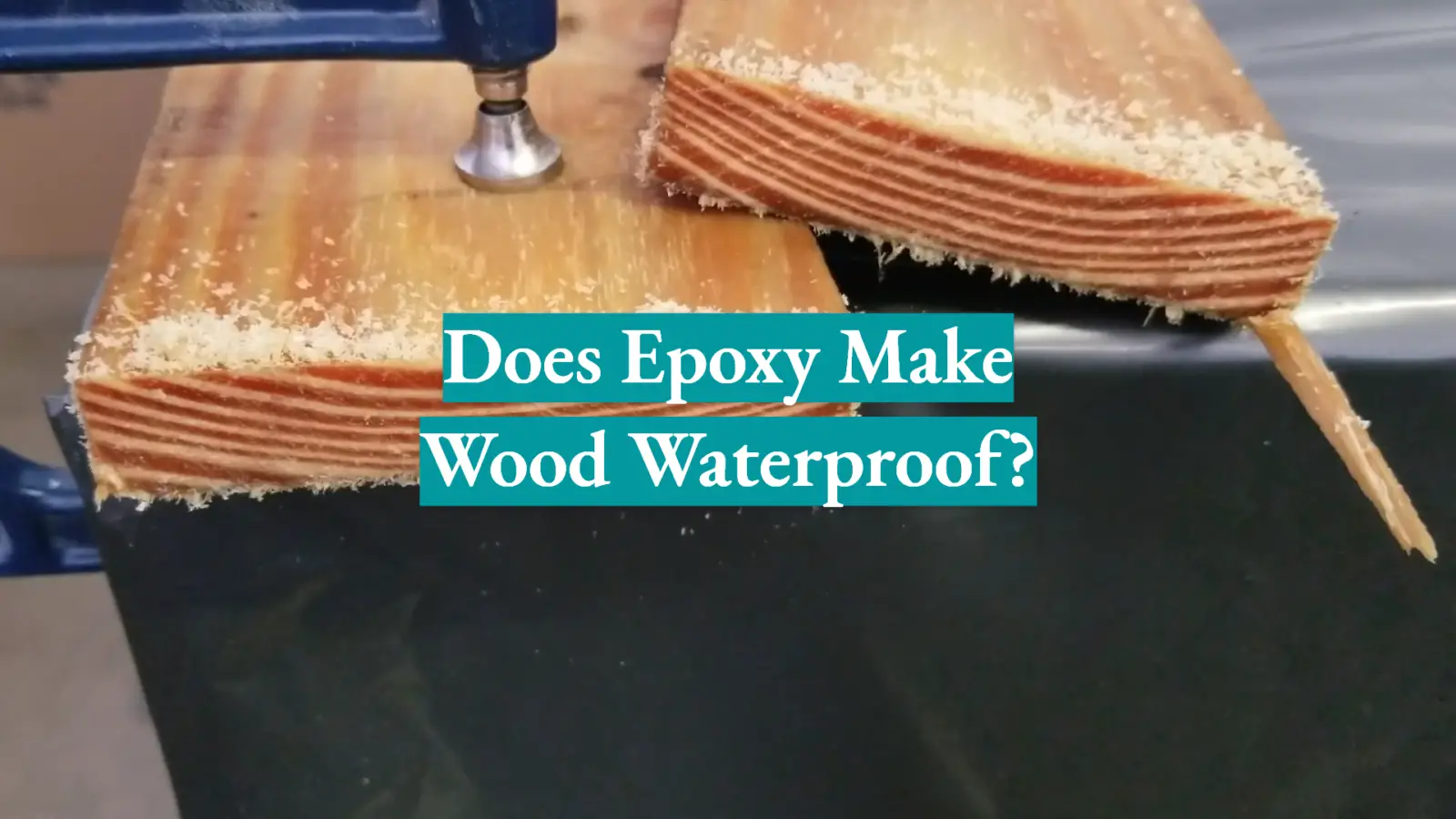
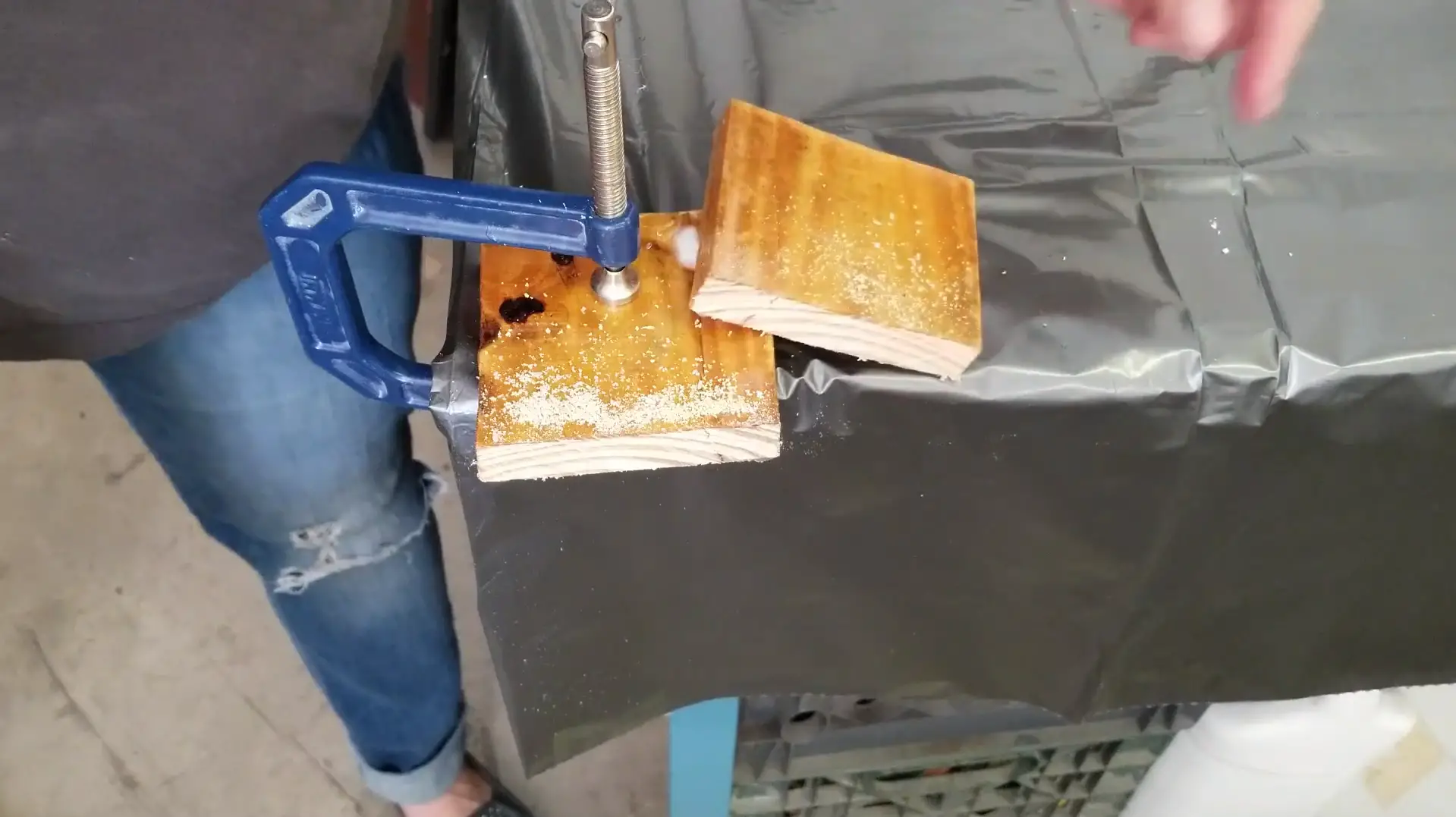
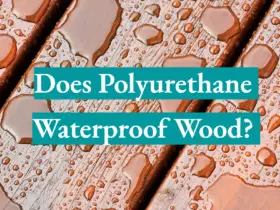
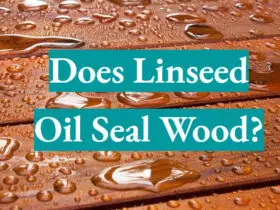

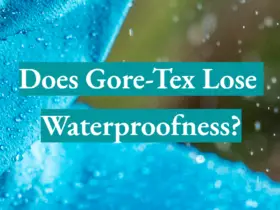
Leave a Reply